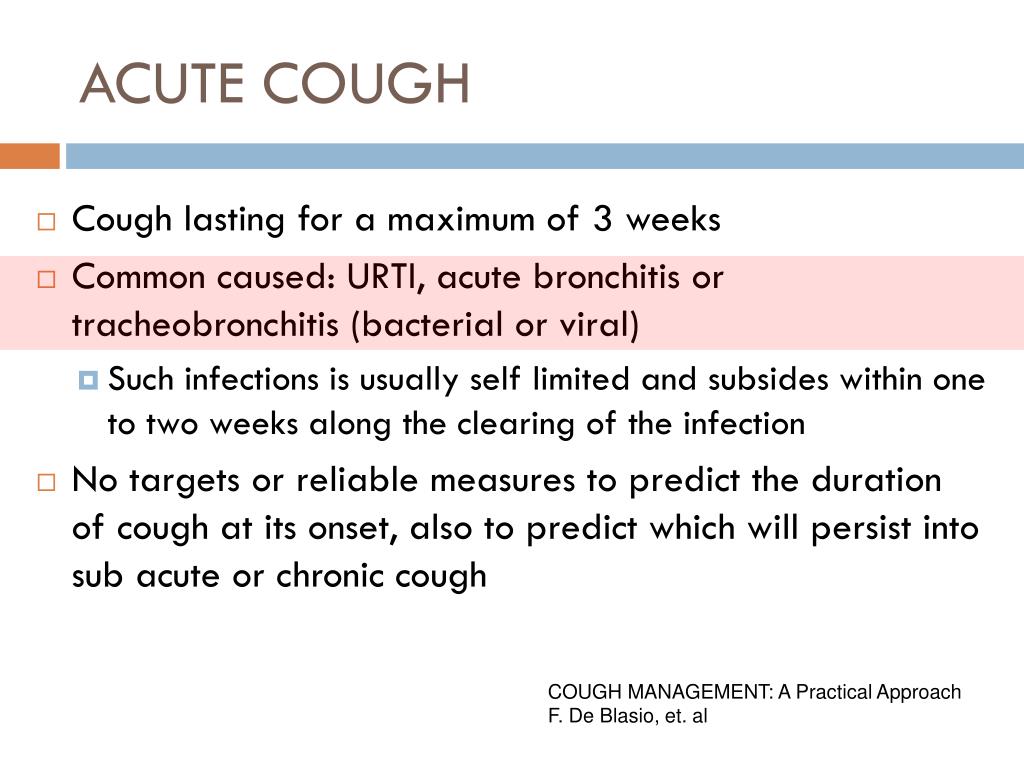
The COVID-19 pandemic has increased awareness that viruses can produce more than mild infections. Patients will be disappointed if they feel their illness concerns are dismissed as ‘just a virus’. 10 The evidence for symptomatic treatments of URTIs 5 A review of the evidence shows that patient-oriented interventions, such as physician-delivered explanations, written handouts and especially delayed prescriptions, may be effective in reducing unnecessary antibiotics for URTIs. Negotiating a plan to review and possibly prescribe in the unlikely event the illness deviates from the expected course could reduce the motivation to prescribe when diagnostic uncertainty is present. 9 This information should include prognosis and ‘safety netting’. Responding appropriately to the patients’ expectations, which includes a discussion of the dangers and limitations of antibiotics and better alternative treatments, provides greater patient satisfaction. 5,8 This is consistent with a common statement from patients wanting to ‘nip the infection in the bud’. 7Ī number of studies have clarified that while patients hold misconceptions about the benefits of antibiotics for colds, flu and acute bronchitis, what they really want is treatment to hasten recovery or relieve symptoms. Additionally, some GPs had not internalised their role in antibiotic stewardship. A survey of GPs’ reasons for prescribing antibiotics indicated that patient expectations are just one reason, alongside time pressure and patient socioeconomic factors. GPs can then feel pressured to prescribe them, with the belief that patients will not be satisfied with leaving the consultation room empty-handed. Patients may request or even demand an antibiotic for more bothersome URTIs because of misconceptions about the disease process and a lack of awareness of the benefits and harms of antibiotics. Patients with early viral symptoms requesting antibiotics Patients will benefit from a better understanding of the pathophysiology of ARTIs, more realistic expectations regarding prognosis and education about the benefits and limits of symptomatic treatments. There is evidence to support some symptomatic treatments that work and reject others as more harmful than helpful. This prompts the question of how Australian GPs can improve on the current management of URTIs and better alleviate distress by avoiding unhelpful, harmful or wasteful interventions. 4,5 It has been estimated that antibiotics in Australia are prescribed for acute respiratory tract infections (ARTIs) at rates four times greater than what is recommended by Therapeutic guidelines.

3 Although the prescription of antibiotics has been slowly declining, rates are still significantly higher in Australia than in countries such as the Netherlands and Sweden. Antibiotic therapy is still often prescribed despite knowledge that antibiotics fail to treat viral infections. For many of these treatments there is a deficiency of evidence, so clear guidance for patients and doctors is lacking. Most people self-manage URTIs with over-the-counter remedies. 2 General practitioners (GPs) may be seeing an increase in presentations for post-viral cough during the COVID-19 pandemic because of concerns regarding potential infectivity of a person coughing in a public space. URTIs make up almost 6% of presentations to Australian general practices. 1 Sometimes cough persists well beyond the period of symptoms and infectivity. 1 Typically, symptoms peak around day 3 or 4 and mostly resolve by day 7.

Adults have, on average, 2–4 upper respiratory tract infections (URTIs) per year young children having twice that number.


 0 kommentar(er)
0 kommentar(er)
